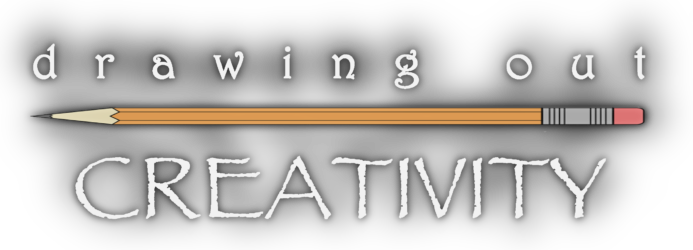Handmade papers have always held my fascination. But until recently I haven’t had much success in producing them. My sister and I took a paper making class together. The results were amazing and I had to try it on my own.

This type of paper uses only plant materials. I gathered things from my garden: Kale, corn husks and iris leaves among other things.

All the plant material has to be cut up into 1” pieces so the fibers aren’t too long. I used a large canning pot and cut up all the plant material in the previous picture as well as adding a whole squash, cut into cubes, a banana peel, cut into 1” pieces, garlic chives, leaves, seed stems and seeds, all cut up.
At this point it needs to be covered with a water/lye solution. Use 1 Tbsp. lye to each quart of COLD water. Never add lye to hot water. I failed to get a picture of this, sorry.

Next the water/lye solution needs to be heated and boiled for several hours. I happened to have this propane heating unit that we use for scalding chickens when we butcher. It worked wonderfully. It is necessary to do this step outside as this stuff is quite stinky as it cooks.

I ended up boiling it for 3-4 hours, but 5-6 hours would be fine as well. We’re looking for the plants to break down and the fiber to be left.

Now the plant material needs to be separated from the fiber. I did this by using a plastic sieve. I stirred until most of the liquid had drained off. Then I rinsed so all the lye would be gone as well.

The green fiber was all that remained.

The next step was to build some screens. This is the one I brought home from the class. I planned on using it, but I wanted to be able to make several pieces of paper instead of just one at a time. So I set about to making several more screens. I used scrap pieces of barn wood that I had lying around. I screwed them together at the corners with sheet rock screws, drilling a pilot hole to begin.

Nylon screen purchased at the lumber yard was stapled to the prepared frames. These frames are reusable, so this step may be omitted in the future unless some different sizes are desired.

Now the fiber pulp needs to be blended. I got a blender from the thrift store for this part of the project so I didn’t have to use my nice kitchen blender. A handful of pulp and a cup or two of water should be blended together. Use the blender on high and pulse several times until the fiber pieces are separated and suspended in the water.

Now you’ll need a large flat container. I used an under-the-bed storage tote. Fill it about half full of water. Add your blended pulp to the water. Now dip your blender container into the mixture to catch some of the water. Add more pulp to the blender/water and blend again. Continue blending and adding to the flat container until there is a good amount of fiber disbursed in the water.

Give the water/pulp a stir with your hand to feel the amount of fiber in it. You will learn with practice the amount necessary to make a good piece of paper.

The screen should go into the water on one end of the flat container.

The screen goes all the way to the bottom. Then push it across the bottom of the basin.

Lift the screen slowly up to the top of the water.

Lift the screen out of the water. The water will drain through the screen and the pulp will remain on the screen. At this point you can assess the paper. Is it even across the whole screen? Is it a good thickness? If you want to try it again, just simply tip the screen over and touch it to the top of the water and all the pulp will release.

The pulp needs to dry on the screen. This usually takes a day. Setting them up against something may help them to drain quicker. Turn them the opposite way after an hour or so. Avoid setting them in the sun to dry as that is too fast and the paper may wrinkle. You’ll want to be sure the entire screen and frame are completely dry before trying to remove the paper from the screen.

Using a nail file or another similar tool, start peeling the fibers from one corner. Thin paper will be more difficult to remove, so be patient. Thicker papers will pull off easier.

These are the 8 pieces of paper I made in my first batch. In all I made over 40 pieces of paper with this one pot of pulp.

Here is a close up of the texture. Very lovely.

I painted this bird nest on one of the sheets of paper. I used India ink and acrylic paint.
I hope this sequence of pictures has been informative. And happy creating!


This was very interesting. Thanks for sharing!
Rick
Nice project! Would be fun to see what different colors could be made with different plant material.
Pretty much any plant material will eventually turn some shade of brown/tan.